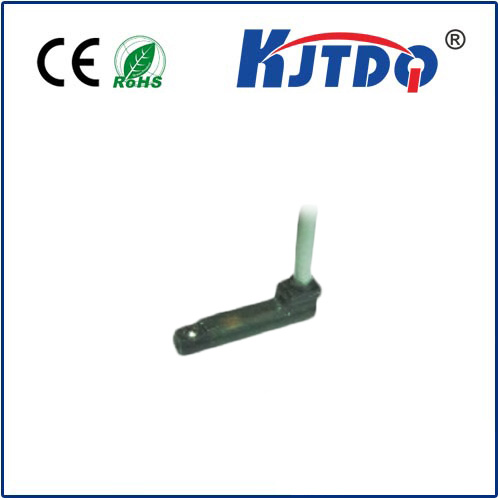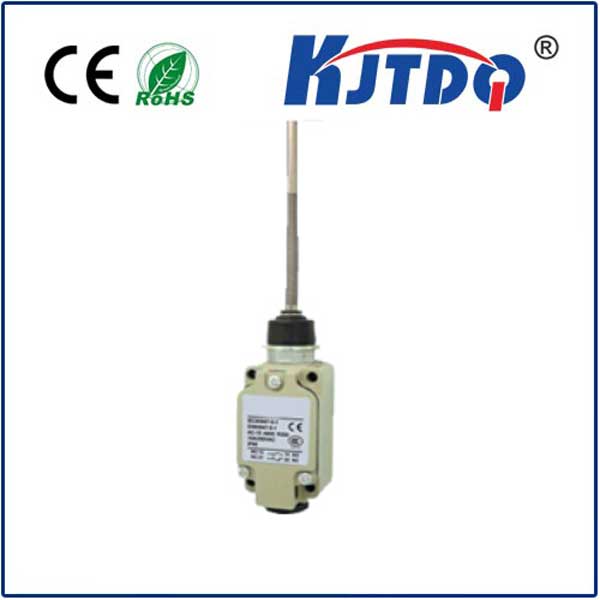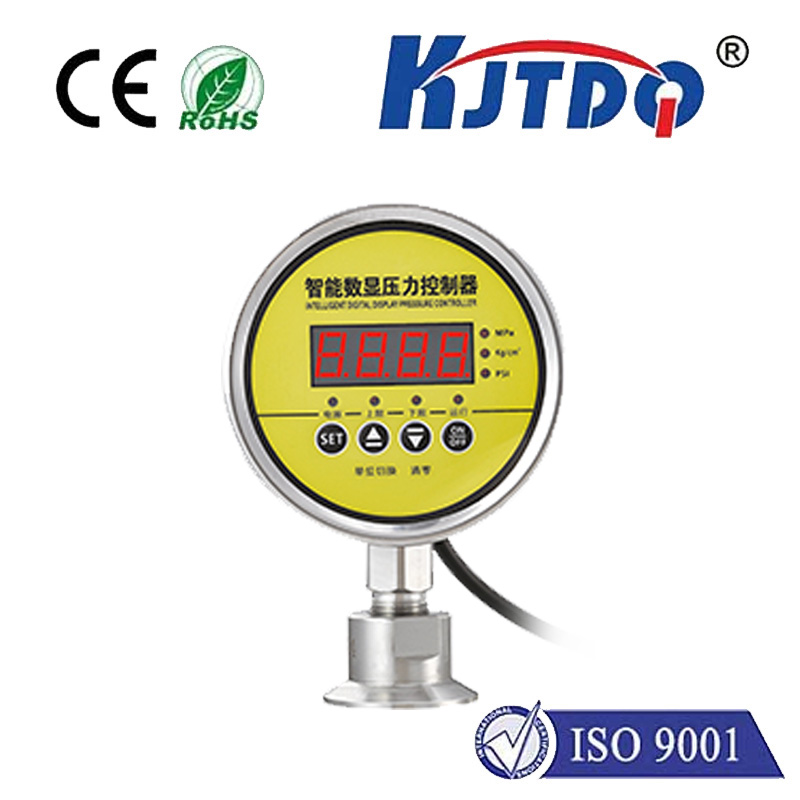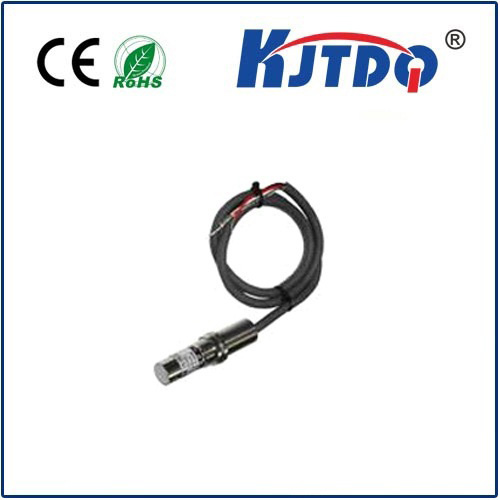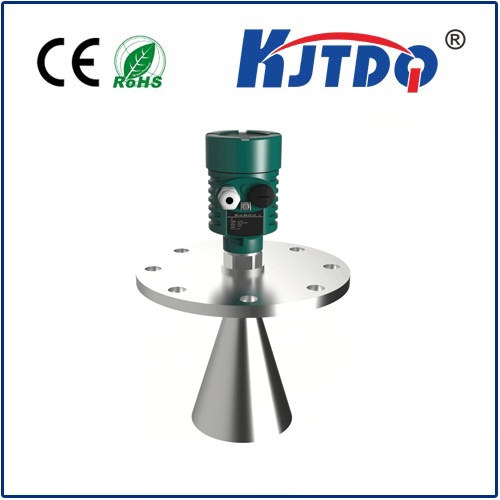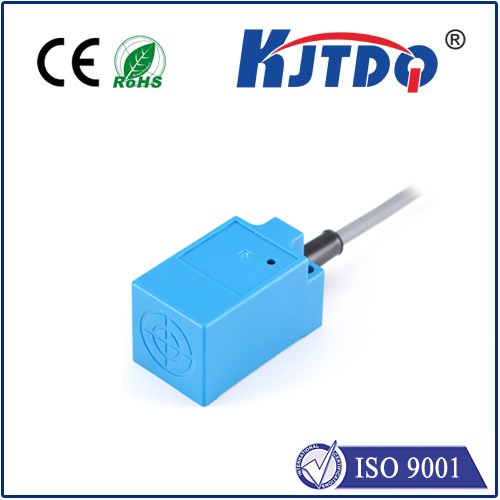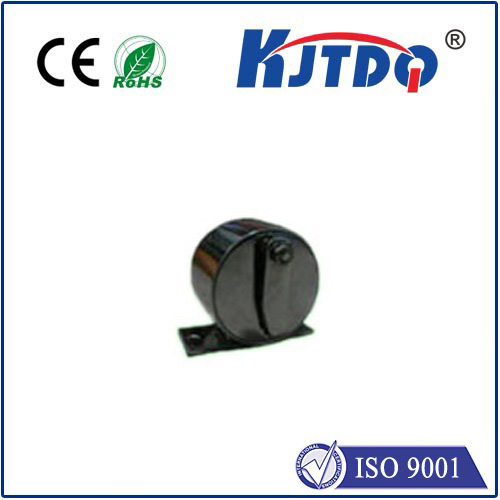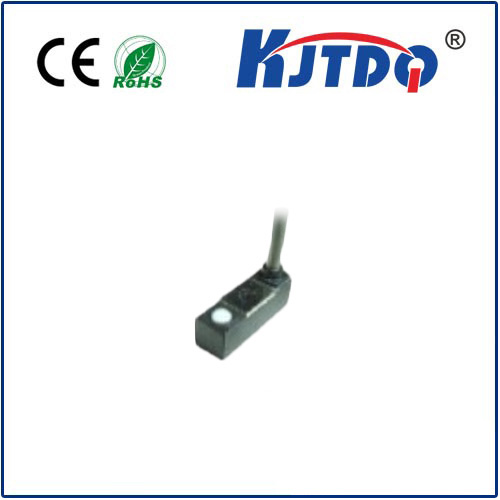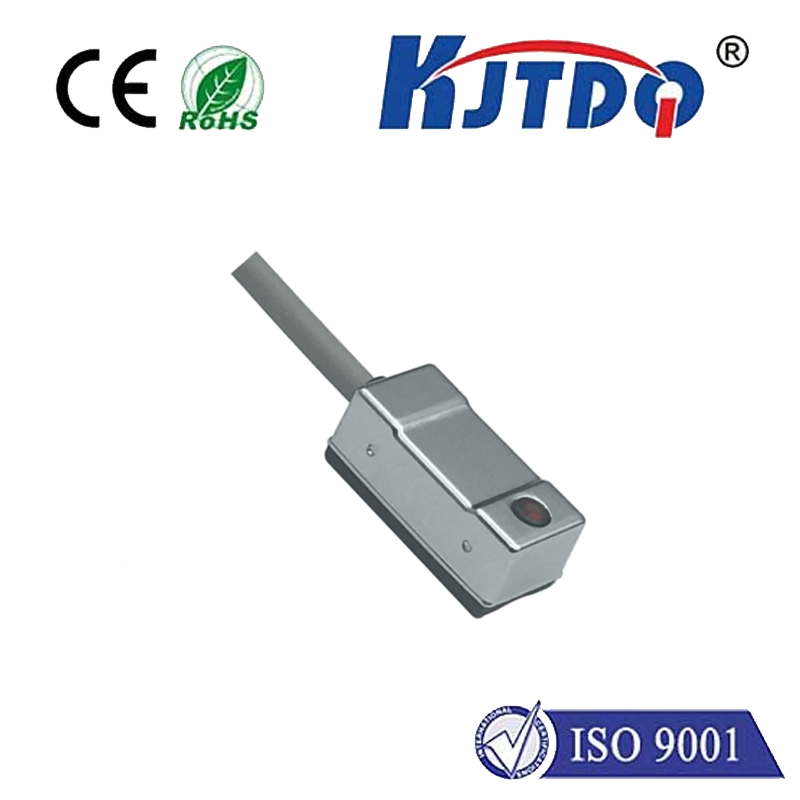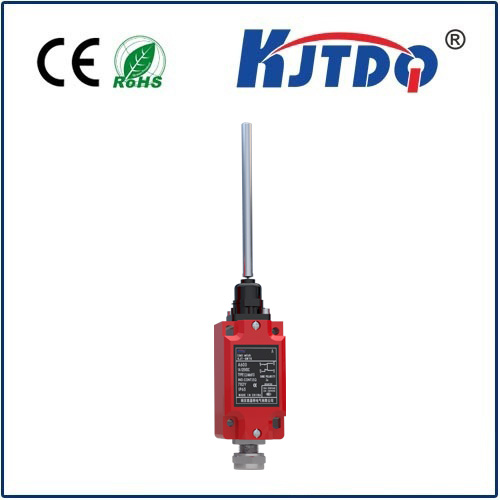Ever tried to automate a process involving plastic bottles, cardboard boxes, liquid levels in glass containers, or wooden pallets, only to find your standard inductive proximity sensor completely ignores them? This common frustration stems from a fundamental reliance on electromagnetic fields – technology brilliantly suited for detecting metal but utterly blind to most other materials. The need for reliable, non-contact detection of non-metallic objects is crucial across diverse industries. Enter the specialized world of Неметаллический датчик приближения solutions, primarily powered by capacitive sensing technology, bridging this critical automation gap.
Traditional inductive proximity sensors are the workhorses of metal detection. They generate a high-frequency electromagnetic field. When a metallic object enters this field, it induces eddy currents within the metal. These currents absorb energy from the sensor’s coil, causing a measurable change in the field’s amplitude or frequency – triggering the sensor’s output. Non-metallic materials, however – plastics, wood, paper, liquids, ceramics – lack the necessary conductive properties to induce these significant eddy currents. Consequently, they remain invisible to standard inductive sensors, creating a significant limitation in applications where metal isn’t the primary target.
This is where capacitive proximity sensors shine as the premier solution for non metal proximity detection. Instead of relying on induced currents in the target, they operate by detecting changes in capacitance. Imagine a capacitor formed between the sensor’s active surface (one plate) and a ground reference (often the sensor housing or earth ground – the other plate). Any object entering the sensing field disturbs this electrostatic field. Crucially, all materials, metallic or non-metallic, possess a dielectric constant – a measure of how well they can store electrical energy relative to a vacuum (which has a dielectric constant of 1). Air has a dielectric constant slightly above 1. Materials like water (~80), wood (2-10), glass (4-10), plastics (2-8), and even cardboard (2-4) have significantly higher values.

When a non-metallic object enters the sensing field of a конденсаторный датчик приближения, its higher dielectric constant alters the capacitance between the sensor’s electrode and ground. The sensor continuously monitors this capacitance. When the change exceeds a pre-set threshold (the sensitivity setting), the sensor triggers its output switch. This principle allows capacitive sensors to reliably detect a vast array of materials – bottles, powders, films, logs, grains, people, liquids, and even levels through non-metallic tank walls – that leave inductive sensors unresponsive. Material thickness, density, and moisture content (which often increases dielectric constant) significantly influence the effective detection range.
The applications for Неметаллический датчик приближения detection leveraging capacitive technology are extensive and transformative:
Selecting the right конденсаторный датчик приближения for non metallic object detection requires careful consideration of several factors:
Optimizing performance is key. Mount the sensor securely. Utilize its sensitivity adjustment to find the sweet spot – high enough to reliably detect the target material at the required distance, but not so high that it triggers falsely from moisture, dust, or the container wall itself. Shielding also plays a role; some capacitive sensors have shielded designs to provide a more directed sensing field, minimizing side detection, while unshielded types offer a larger field useful for level sensing through walls.
Mastering Неметаллический датчик приближения detection, primarily through capacitive technology, unlocks significant automation potential far beyond metal. By understanding the principles of capacitive sensing and the influence of dielectric constant, engineers and technicians can effectively solve detection challenges involving plastics, wood, liquids, paper, foodstuffs, and countless other non-conductive materials. This capability enhances efficiency, improves product quality, ensures safety, and drives innovation across manufacturing, packaging, food processing, and beyond. The ability to reliably sense the invisible (to traditional sensors) is a cornerstone of modern automation.
